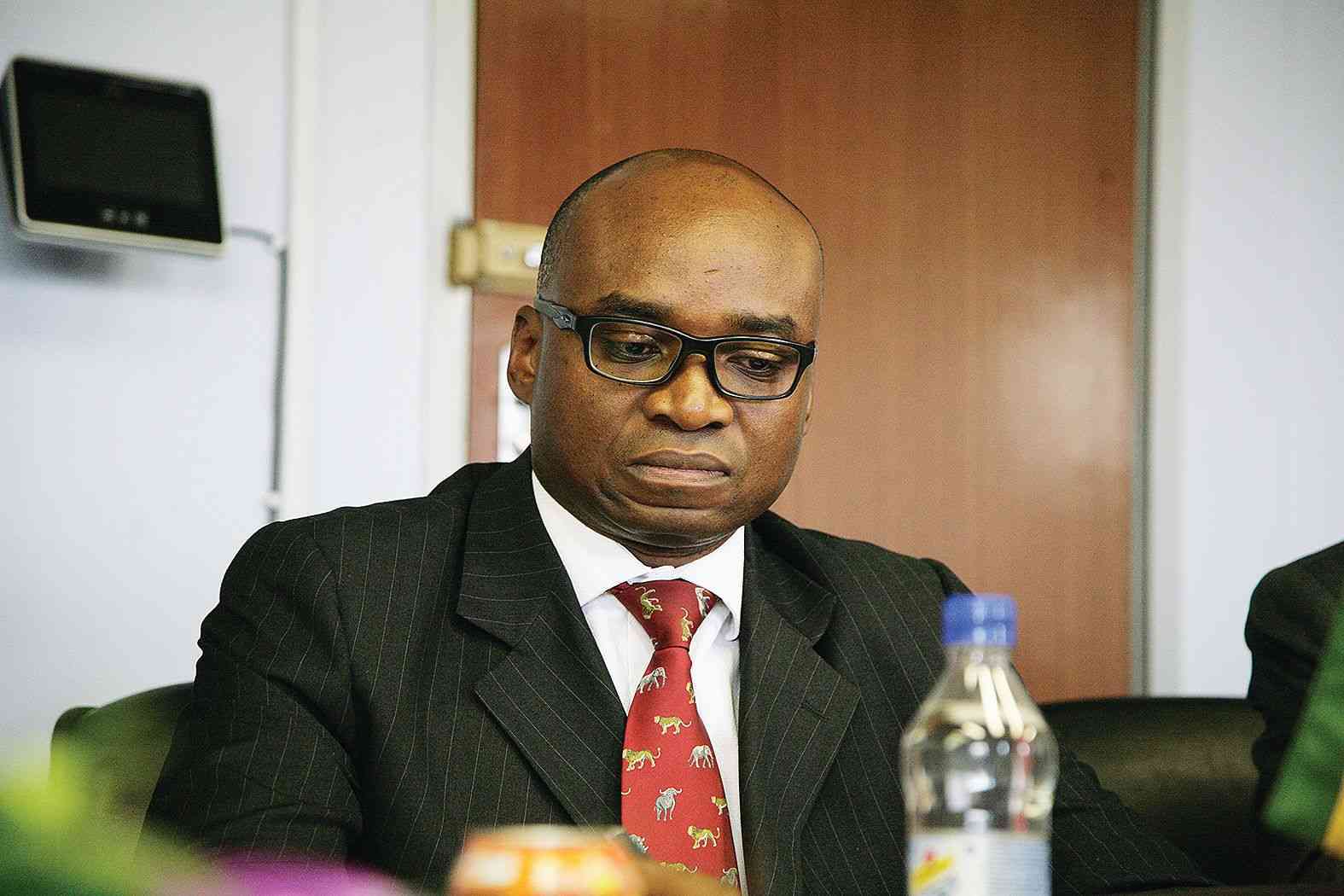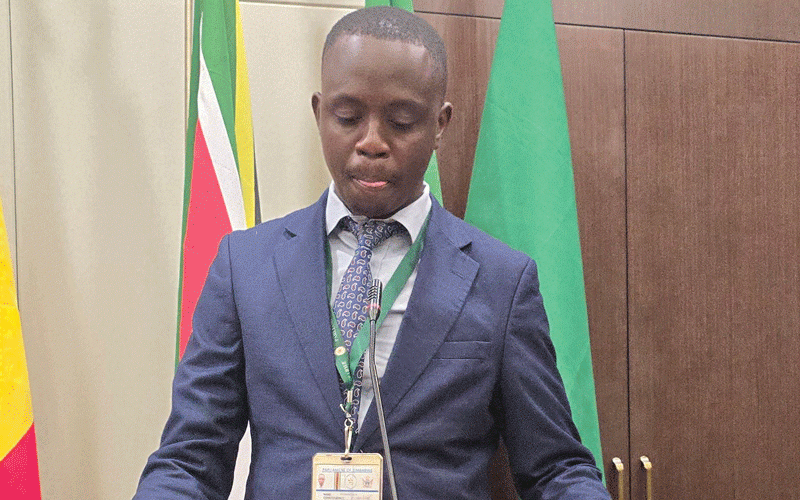
KENYAN lender Shelter Afrique Development Bank (ShafDB) is working with local authorities to establish the Zimbabwe Mortgage Refinancing Company (ZMRC), a proposed vehicle expected to unlock long-term capital for banks and revive a mortgage market that has largely stalled.
The bank says Zimbabwe’s mortgage finance sector is virtually dead, with less than 1% of the population accessing home loans.
Mortgage finance has been derailed by macroeconomic instability, high interest rates, liquidity constraints and the lack of long-term funding.
As a result, home ownership remains out of reach for many, and the national housing backlog has climbed to two million, according to official statistics.
ShafDB says Zimbabwe urgently needs a functional secondary mortgage market. A secondary mortgage market is a financial system where existing mortgages are bought and sold between lenders and investors, freeing up primary lenders to issue more loans while offering investors returns from mortgage-backed assets.
“Mortgage finance in Zimbabwe has historically faced significant challenges,” ShafDB’s chief business officer for investments and advisory services, Gibson Mapfidza, told Standardbusiness.
“Today the sector remains underdeveloped, with mortgage penetration rate below 1%.”
He said while institutions such as CABS and the former Beverley Building Society laid early foundations, long-term growth has been held back by economic volatility, high interest rates and limited access to long-term capital.
- Debt can be a sensible way to build wealth
- Is This the Right Time for Your First Home Purchase
- We’re here in Zim to stay: Nedbank
- CABS records net surplus of ZWL$429bn
Keep Reading
Mapfidza said a secondary mortgage market would provide long-term capital to lenders, reduce asset-liability mismatches and attract institutional investors.
“Additionally, strengthening regulatory frameworks, promoting affordable housing products, and building capacity for developers and lenders will help expand the market,” he said.
He added that ShafDB was committed to supporting local efforts, “including plans to work with authorities to establish the Zimbabwe Mortgage Refinancing Company, which will deepen the mortgage ecosystem and enhance access to sustainable housing finance.”
If Zimbabwe proceeds with establishing ZMRC, it will join other African markets that have expanded mortgage access through dedicated refinancing institutions.
Such entities, he said, have proven effective in providing long-term liquidity, stabilising the lending environment and creating room for innovation in housing finance.
Developing a secondary mortgage market, he noted, is the key step required to unlock liquidity and widen home loan access.
Without a refinancing mechanism, most Zimbabwean banks continue relying on short-term deposits, limiting their capacity to issue long-term mortgages and pushing up borrowing costs for potential homeowners.
Mapfidza said innovative financing instruments such as mortgage-backed securities (MBS) and green bonds hold significant potential.
“MBS can help establish a secondary mortgage market, providing long-term funding to primary mortgage lenders, addressing the asset-liability mismatch, and enabling more affordable and sustainable mortgage products,” he said.
“They also offer quality fixed-income investment opportunities for pension funds, helping deepen the capital pool for housing finance.
“MBS helps unlock the idle capital trapped in the mortgaged residential real estate assets in the market.”
He said successful uptake of these instruments would require stronger regulatory frameworks, integrating climate standards into building bylaws and planning laws, and improving transparency and accountability in project implementation.
Speaking at last week’s Banks and Banking Survey and Awards 2025 hosted by the Zimbabwe Independent, WestProp Holdings Limited chief executive officer Ken Sharpe said one million homes in Zimbabwe currently have no mortgages.
“The other factor in a healthy economy is that you will have mortgages. In Africa, the average is 20% to 30% of mortgages of the housing market stock,” Sharpe said.
“In the global market, it’s about 50%. Switzerland, the most wealthy country in Europe, has 150% of their gross domestic product (GDP) in mortgages, over US$1,5 trillion.
“So, debt is a good thing for the economy, especially mortgage estates.
“Because if we had 20% debt today of our housing market, it would be US$20 billion.
“And the economic multiplier on a dollar of mortgage is US$3 in the economy.
“So, from US$20 billion injected into the economy of Zimbabwe today, we can create US$60 billion of GDP.
“That’s more than doubling our economy overnight with one simple move.
“However, we cannot have mortgages of five or 10 years. We need at least 30-year mortgages.”
With government targeting de-dollarisation by 2030, financial institutions are refusing to provide long-term capital, further stalling mortgage growth.










